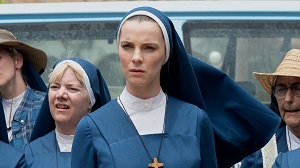Well, I am pretty tired tonight, and I hardly ever get tired. Which perhaps means that hard work is not a part of my life, but we’ll put that aside for the moment.
No, I’m tired because I had my usual pre-travel insomnia last night, then I got up, packed, went to 7:15 Mass, and started driving. It’s been a good day, but I’m still tired. Nonetheless, I will forge on with this blog post since it’s not going to write itself, these photos won’t post themselves, and there are only going to be more, not fewer, tomorrow if I put it off.
I am on a trip by myself, and if you ask my why I am going where I’m going, my response would be vague because I am vague about the matter myself. Perhaps I will sort it out later, but let’s just say that I’m not driven by any particular motive for this trip, other than to just go. I didn’t want to fly, because flying is a mess right now and rental cars are insanely expensive. I wanted to go in a direction where I really didn’t know anyone – no need to stop by or check in. So – shrug – here I go.
Heading west, here’s what I saw today.

First, I saw Oxford, Mississippi. Oxford was one of those places I’ve been intending to go for years, intended to do as a day trip in the Homeschooling Era, but never managed to do. (Tuskegee is another one, in the other direction.)
So I stopped by today. It’s a lovely little town – definitely the prettiest of all the SEC-related towns that I’ve been in – and I’m sure the residents know it, if you know what I mean. And I’ll be you do. They named it Oxford, for heavens’ sake.
I wasn’t there long. I stopped by Faulkner’s home, Rowan Oak, Faulkner’s grave, the famed Square Bookstore and the James Meredith statue on campus.





No whiskey bottles on Faulkner’s grave today.
Here’s my thought as I stood and beheld Rowan Oak (it didn’t open until 1 and I had to keep moving, but you could get on the grounds) – I thought: Well, if I lived in a place like this and had people to take care of my needs, I could probably write some great books, too.
Here’s a story about Shelby Foote convincing Walker Percy that they should go to Rowan Oak and drop in on Faulkner who was not on Percy’s Uncle Will’s Good List because of the time he’d showed up at a party drunk and barefoot.





The Meredith statue was very powerful and just right, I thought. Have you watched Eyes on the Prize? You should.
Clarksdale was the next destination. I could have headed to where I was going in a more direct fashion, but I wanted to see Clarksdale, another meant to do this earlier situation. Specifically, I’d meant to take my musician son there for a weekend of blues, but then he got the weekend organist job, so that was that.
So an early Sunday afternoon isn’t going to get you any blues, but it will get you some interesting nuggets nonetheless.




It will get you lunch, first of all. You might not be aware of it but one of the food items that folks in the Delta are proud of are their tamales. They are supposed to be different from Mexican tamales, but I’m not sure how. The main Clarksdale spot for tamales was closed on Sunday, so I settled for Abe’s Bar-b-q, which was of course busy, but the tamales were quick and cheap ($5 for the plate, including good, vinegar-based cole slaw and crackers, which I guess are a side in the Delta.). They were doused in a spicy sauce and they were good, but didn’t rock my world.
But I ate them at the Crossroads – the site of Robert Johnson’s mythic sale of his soul. My favorite, though, was the way that the history of Abe’s Bar-b-q builds on the myth. We don’t know if and where Johnson sold his soul, but we do know that It is a fact that Abe Davis surrendered his soul to God, and his family business still prospers even today.
Tennessee Williams had deep connections to Clarksdale, so I took some of that in, as well. His grandfather was the rector of the Episcopal church in town, and as a child, Williams lived in Clarksdale for a couple of stints, and spent vacations there. The area and it people pervade his writing. There’s a festival (one of several Williams festivals around the country, it seems.)





There’s a little museum in the church rectory (open by appointment)
This mansion, the Cutrer House, as well as one of its inhabitants, inspired elements of A Streetcar Named Desire. You can read about the connection here.



But here you go – you can’t escape the Catholic connection. In 1946, the mansion was purchased by St. Elizabeth Catholic Church and used as a school for several decades. By the 1990’s it required too many repairs to continue to be useful, and after some controversy, it was sold – this is an article from the time about the issues, including an interview with the very practical Irish pastor. It’s now being used by local government as an educational center. But the grounds are open – you can walk around – and the Lourdes grotto is still standing.
Moon Lake is also important in Williams’ work, so I took a quick detour – no one else was around on this beautiful Sunday afternoon, which made me wonder.

Then across the river to Helena, Arkansas, which has a very weird forest situation jutting up around it, and, in a neighborhood on the way out of town, a statue of Marquette.


And then, tonight, a safe landing, with Vespers.

(For video see Instagram).
I thought I had no idea that Subiaco existed here in the middle of Arkansas, but my son reminded me that one of his friends had gone there, and while I vaguely recalled that, I also thought he’d been talking about somewhere in Louisiana when he told me that. But now I know. I will have more photos tomorrow, with better light. I am heading out early, but will try to get some pictures nonetheless.



 and getting peeved about. And maybe other things.
and getting peeved about. And maybe other things.











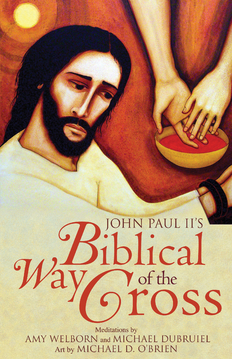



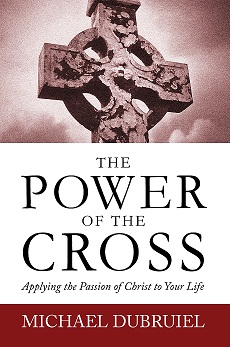



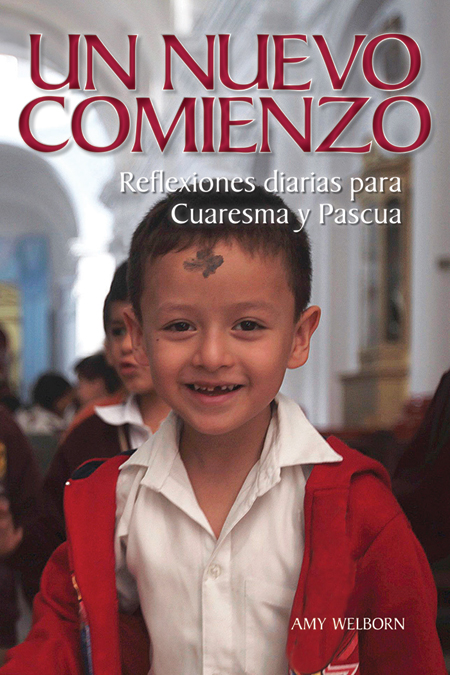


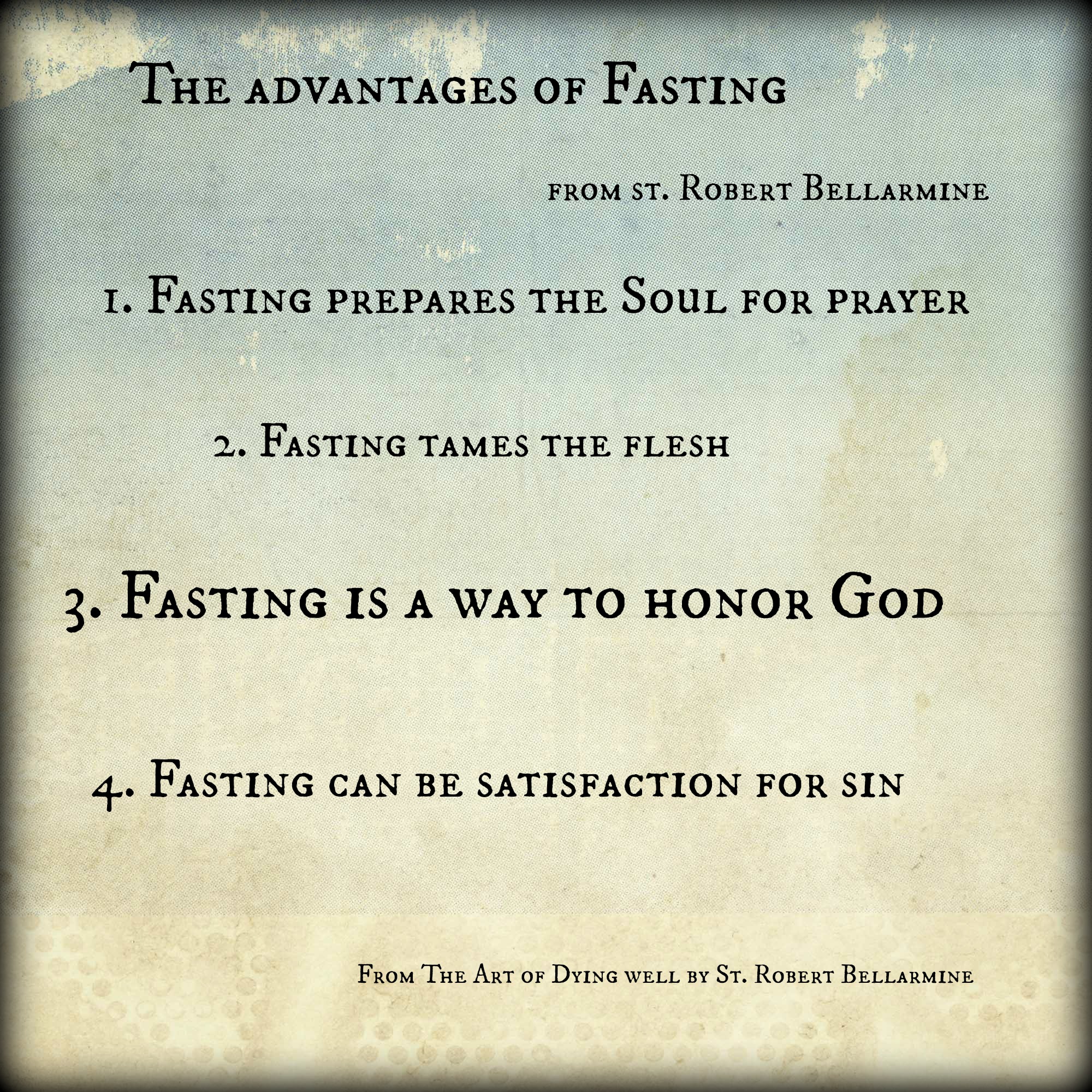




 bit more than a week ago, and I took it on, knowing that it was due today (11/10) and I’d be traveling for four days in the middle of it.
bit more than a week ago, and I took it on, knowing that it was due today (11/10) and I’d be traveling for four days in the middle of it.








 from Charleston to New Orleans and up to Kentucky, and throughout the Midwest. She covers everything, from a close reading of the political system, to social morays to intellectual and religious life. Her impressions of slavery are particularly acute and impassioned.
from Charleston to New Orleans and up to Kentucky, and throughout the Midwest. She covers everything, from a close reading of the political system, to social morays to intellectual and religious life. Her impressions of slavery are particularly acute and impassioned. of six, to spend a long day with a merry household in a country village;
of six, to spend a long day with a merry household in a country village;


 barely advertised – I only knew about it because someone in my parish sent me an email saying, “Whenever I see something about Walker Percy, I think of you. Have you seen this?” No, I hadn’t. Neither had many other people, for the panel discussion part of the afternoon, which is what I attended, featured four people on stage and ten in the audience. Even with the Crimson Tide on the field at the time, that’s surprising. A few days later, I spoke with someone local who is a big Percy fan, well-connected into the local cultural scene and he was astounded that this event had occurred – he’d heard nothing about it.
barely advertised – I only knew about it because someone in my parish sent me an email saying, “Whenever I see something about Walker Percy, I think of you. Have you seen this?” No, I hadn’t. Neither had many other people, for the panel discussion part of the afternoon, which is what I attended, featured four people on stage and ten in the audience. Even with the Crimson Tide on the field at the time, that’s surprising. A few days later, I spoke with someone local who is a big Percy fan, well-connected into the local cultural scene and he was astounded that this event had occurred – he’d heard nothing about it. the Alabama Theater to see
the Alabama Theater to see 



 Do you mean the living are dead?”
Do you mean the living are dead?”


